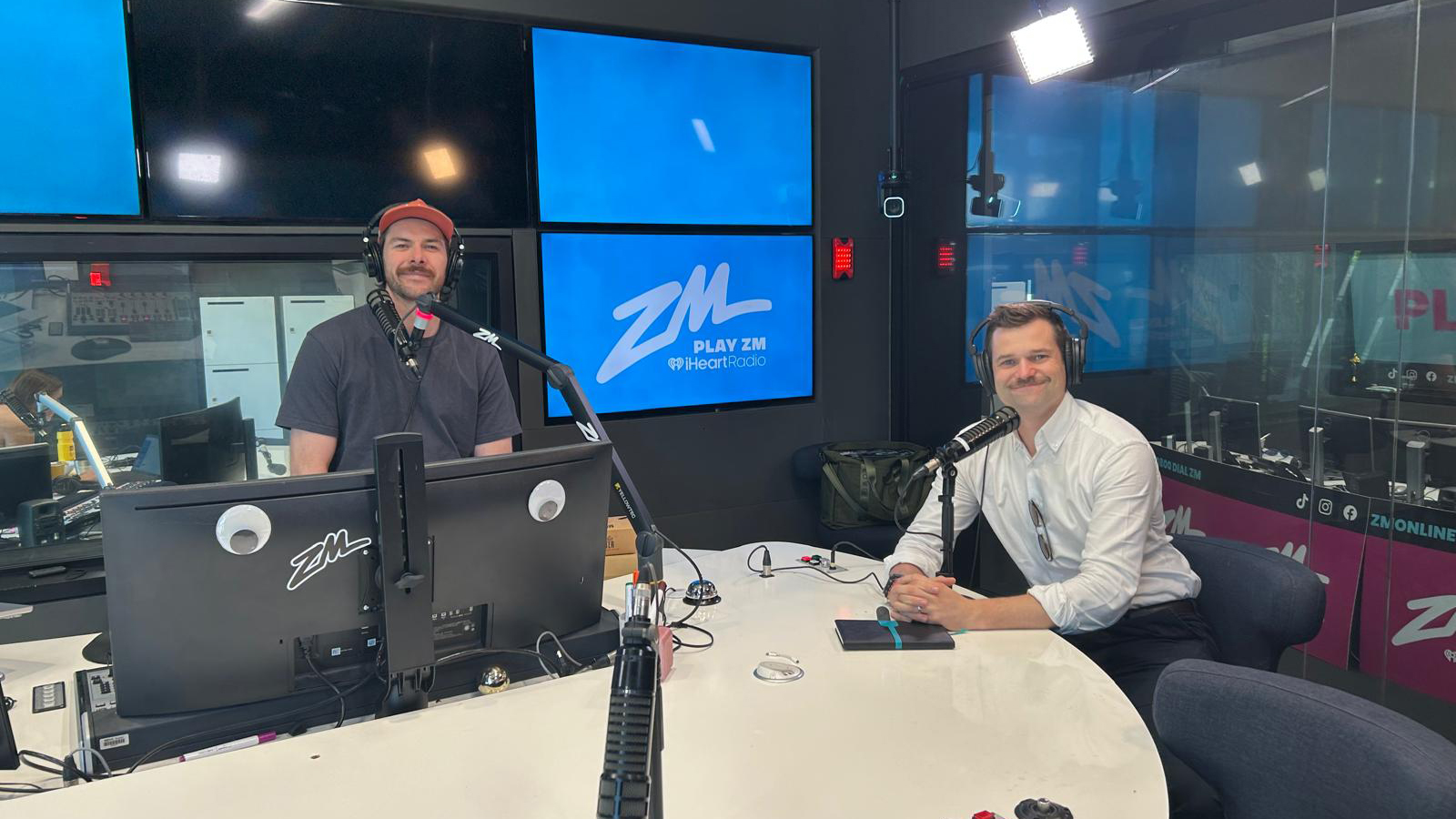2025 has been anything but quiet. Markets have faced sharp dips, revived trade wars, and rising global geopolitical tension. Yet investors who expected chaos have been met with something else: resilient markets.
Our clients have been asking how markets can be holding steady when the world feels so unstable – let’s take a deeper look.
The Pressure Beneath the Resilience
Trade policy took a sharp turn in early 2025. Following Donald Trump’s return to the US presidency, new tariffs were introduced targeting not just China but also Europe, Mexico and New Zealand. Some Kiwi exports now face an additional 10 percent tariff when entering the US.
These tariffs are no longer just economic tools; they’re part of a broader geopolitical strategy, making global supply chains more complex and costly.
At the same time, global tension is rising. The war in Ukraine continues. Friction in the South China Sea and around Taiwan has escalated. The Middle East is once again unstable, with the Strait of Hormuz emerging as a new pressure point for global energy flows.
This is not the world investors knew five years ago, so what are the themes emerging from our conversations with clients?
Why The Markets Have Held Up
Despite a rocky start to the year, global equities have shown surprising strength. It’s not just luck – several forces are helping to hold the line:
- Innovation in AI and continued growth in computing and cloud services
- Strong corporate earnings and high cash reserves
- Government spending on infrastructure, defence and the energy transition
- Resilient labour markets and economic data
- Ongoing engagement from retail investors as cash rates fall
Together, these trends have given markets enough momentum to power through the geopolitical headlines.
Investing Through Disruption
In this uncertain environment, it’s not realistic to avoid uncertainty. The better question is: how do you invest through it?
1.Focus on the long-term
Investing is a marathon, not a sprint. Investors need to be focused on their long-term goals and try to ignore the short-term noise. We’ve been here before with things like Covid 19 and the Global Financial Crisis –but it’s how you react, or not, which makes the difference.
2.Diversify
Diversifying across global markets, industries, and companies helps reduce the risk of your investment goals being disrupted by geopolitical events in any one region. We’ve recently reduced our exposure to the US and are seeing growing opportunities in the UK and Europe. In particular, Europe may benefit from fiscal tailwinds, with Germany planning to invest billions into infrastructure and defence.
3.Use cash strategically
Never invest all your money – always have accessible cash for unforeseen expenses. Milford also holds cash within our funds to give us the flexibility and ability to stay patient and take advantage of market dips.
4.Stay invested
In our experience, the biggest gains often come after periods of volatility . Long-term returns are driven by time in the market, not perfect timing.
Staying Ready in an Uncertain World
At Milford, we’re built for times like these. Our active investment approach is designed to adapt quickly, assess risks early, and stay focused on helping clients achieve their long-term goals.
Want more investment insights? Visit The Investing Place at milfordasset.com for exclusive masterclass content, news, and opinion pieces.


